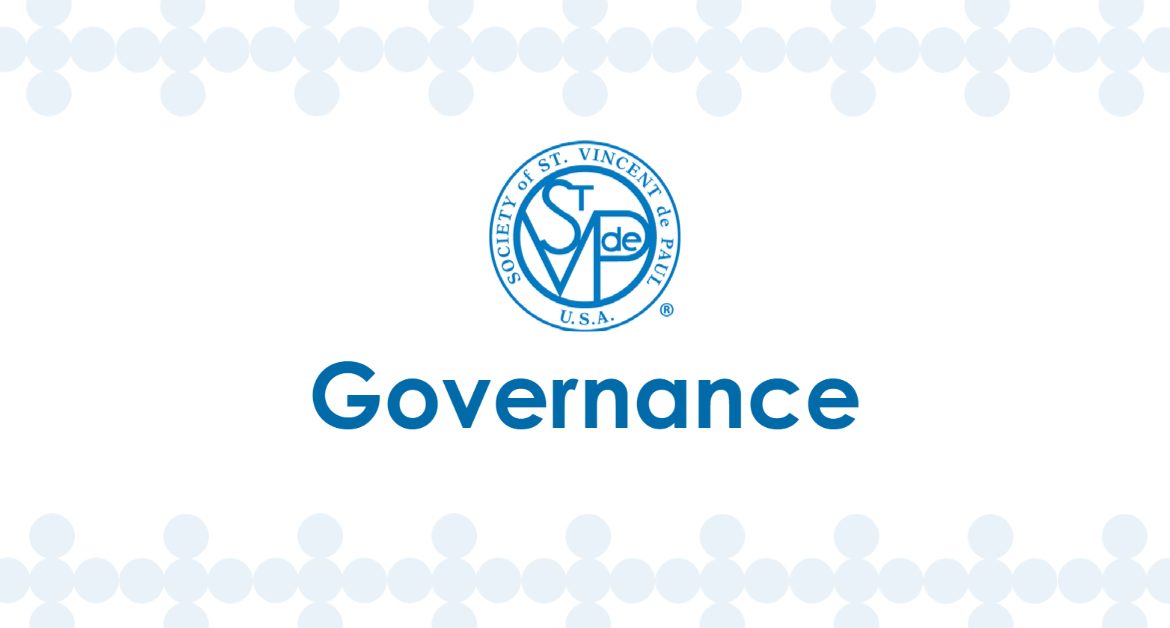Q: How important is it to get a receipt? We always have an electronic copy of the check from our bank but is that enough? Prior to COVID we would drop off checks to management companies or landlords in person and receive a receipt immediately. During COVID we generally would mail a check along with a letter with information about the help we were providing, requesting that they either email or send us a receipt, in the mail. Most send receipts but some do not.
A: Every effort should be made to get a receipt. If it is not possible, then a note from the Vincentians involved with the transaction saying that the receipt was not given should be used in place of the receipt. This should also be recorded in the case record.
Q: The Rule and Manual talk about a festival meeting, and that you can receive a plenary indulgence for it. How do you define a festival meeting, and could a Morning of Reflection be considered as such?
A: The Rule is explicit about what are considered festival meetings. According to the Rule, Part III, Statute 9, Vincentians celebrate “Festival Meetings,” by attending Mass together. Members meet on one or more of the following: Ozanam Sunday (the last Sunday of April, in honor of the April 23 birthday of Frederic Ozanam), the Feast of Blessed Frederic Ozanam (September 9), the Feast of St. Vincent de Paul (Sept. 27), the Feast of the Immaculate Conception (Dec. 8), a Conference Mass celebrated once a year, and another feast day of local custom. A Conference Day of Recollection by itself cannot be considered a Festival Meeting unless it is held in conjunction with a Mass that all members attend on one of the above days.
Spanish Translation
P: ¿Qué tan importante es obtener un recibo? Siempre tenemos una copia electrónica del cheque de nuestro banco, pero ¿es suficiente? Antes del Covid, dejábamos cheques a compañías de administración o propietarios en persona y recibíamos un recibo de inmediato. Durante el Covid, generalmente enviábamos un cheque junto con una carta con la información sobre la ayuda que estábamos brindando, solicitando que nos enviaran un correo electrónico o un recibo por correo. La mayoría envía recibos, pero algunos no.
R: Se debe hacer todo lo posible para obtener un recibo. Si no es posible, entonces se debe poner una nota de los Vicentinos involucrados en el caso, diciendo que el recibo no fue entregado, y en lugar del recibo usaran copia electrónica del cheque. Esto también debe registrarse en el expediente del caso.
P: En la Regla y el Manual habla de una reunión festiva, y de que se puede recibir una indulgencia plenaria por ello. ¿Cómo se define una reunión festiva, y se podría considerarse una Mañana de Reflexión como tal?
R: El Manual es explícito sobre lo que se consideran reuniones festivas. De acuerdo con la Regla original y la tradición de la Sociedad, los Vicentinos celebran “Reuniones Festivas”, cuando se reúnen para la Santa Misa y una reunión. Los miembros se reúnen en uno o más de los siguientes: Domingo de Ozanam (el último domingo de abril, en honor al cumpleaños del Beato Federico Ozanam el 23 de abril, la Festividad del Beato Federico Ozanam (9 de septiembre), la Festividad de San Vicente de Paúl (27 de septiembre), la Festividad de la Inmaculada Concepción (8 de diciembre), una Misa de Conferencia celebrada una vez al año, y otra fiesta de costumbre local. Un Día de Retiro de la Conferencia por sí solo no puede considerarse una Reunión Festiva a menos que se celebre junto con una Misa a la que todos los miembros asistan en uno de los días anteriores.


